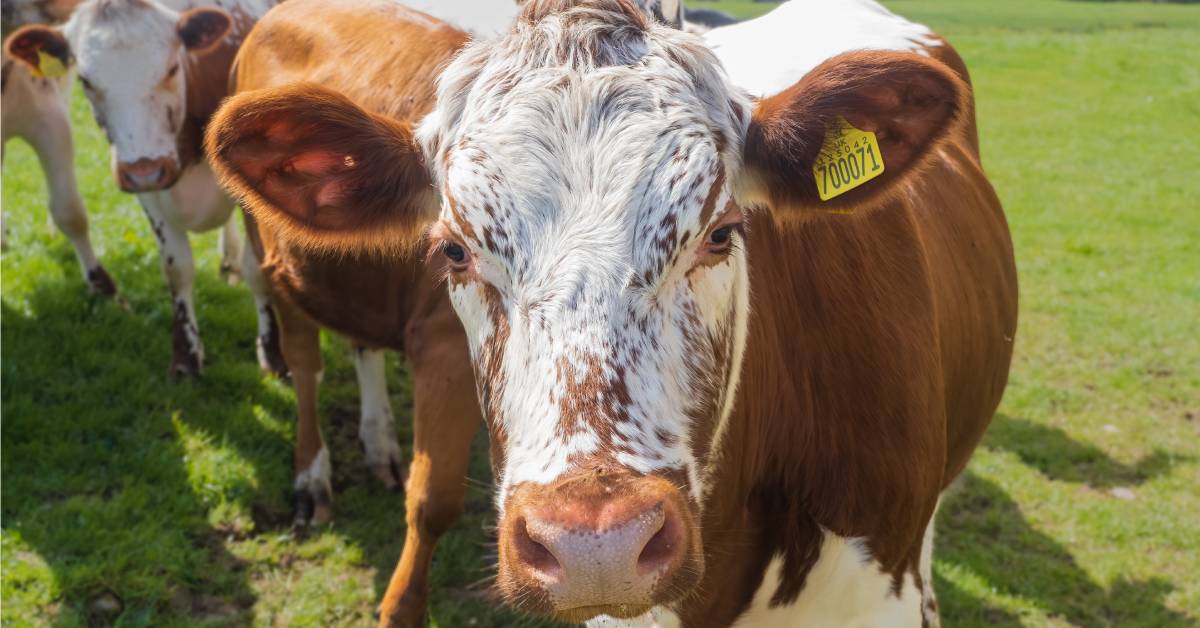
Farmers and ranchers know the importance of reliable weight measurements when managing their herds. Scales are integral for health monitoring, dosing medications, and maximizing profits in livestock operations. However, external factors such as vibrations can severely impact scale performance. Understanding how vibration can affect livestock scales guarantees precise measurements and maintains efficient operations.
The Problem With Vibration on Livestock Scales
Vibration creates instability, which can cause fluctuations in weight readings. Vibrations can happen for various reasons. For example, a restless animal might shift its weight repeatedly on the scale. Nearby heavy machinery, such as tractors, can cause ground vibrations that interfere with readings. Even repetitive foot traffic near the scale can contribute to small yet impactful disruptions.
These issues may not seem significant, but they can lead to errors in feed rationing. Additionally, repeated exposure to vibrations can cause mechanical wear and tear, shortening the equipment’s lifespan. For farmers and ranchers investing in premium digital livestock scales, protecting the scales from vibration is vital for maximizing their returns.
Signs That Vibration Is Impacting Your Scales
Before taking action, it’s essential to identify whether vibrations are affecting your livestock scale. Common signs include the following:
- fluctuating weight readings with no apparent cause
- noticeable delays or instability in measurement stabilization
- consistent errors in weight readings under the same conditions
Preventing and Mitigating the Impact
Preventing vibration issues starts with using high-quality, durable equipment and employing proper techniques for scale placement and maintenance. Here’s how you can mitigate the impact of vibrations on livestock scales.
Choose the Right Scale
Opt for livestock scales designed to operate in rugged environments. Prime USA Scales offers a wide range of options with reinforced and durable builds that can withstand environmental stressors like vibrations.
Install Your Scale on a Stable Surface
Always place your livestock scale on a level, solid surface. Set it away from heavy machinery, foot traffic areas, or other sources of frequent vibration.
Calibrate Regularly
Routine calibration is necessary to ensure your scale produces accurate weight measurements. A properly calibrated scale can counteract minor environmental issues like slight vibrations.
Conduct Scheduled Maintenance
Regular inspections and maintenance of your scales help you catch minor wear due to vibrations before they escalate into larger issues. A typical maintenance routine might include these tasks:
- tightening loose parts and connections
- checking for signs of damage or wear
- cleaning the scale’s surface
- removing debris that may have accumulated
Why Accuracy Matters
Accurate livestock weighing benefits productivity in countless ways. It leads to better animal health management, more precise feed budgeting, and optimized pricing during sales transactions. Addressing how vibration can affect livestock scales ensures their longevity and accuracy.